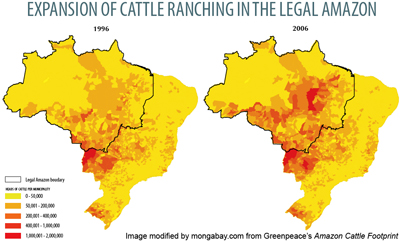Introduction
Over the semester I have talked extensively about different specific problems that the world faces when it comes to food sustainability, such as deforestation, water usage, and antibiotics overuse. Because of this I thought I would take a step back and report on how many countries across the world compare against each other int terms of food sustainability.
The way that the Food Sustainability Index rates countries is through a “three pillar system”, consisting of sustainable agriculture, nutritional challenges, and food loss/waste. The FSI consults with experts to properly weight the rating scales and takes in an extensive amount of data. The index also manages to account for many external variables that might affect the data in many countries.
So in a way, this blog will serve as an award ceremony of sorts, the intention being to offer a benchmark to other countries that might want to emulate the successes of a particular country.
Least Food Waste – France
Among the 34 countries surveyed in the Food Sustainability Index, France scores the highest in this category. Most notably, France is outstanding in its policy response to food loss and food waste — meaning that the French government is being proactive in their laws.
This proactivity led France to lose only 1.8% of its total food production to waste annually. France has three times less waste per person when compared to a country like Australia. Other European countries are close behind, such as Spain, Germany and Italy.
Most Sustainable Agriculture – Italy
Speaking of Italy, the country does excellently when it comes to preserving their environment. Specifically, Italy excels at preventing water scarcity, managing its water, and reducing the environmental impact of water on its agriculture. As the biggest consumer of food in the eurozone, it makes a lot of sense why Italy puts so much priority on innovating new techniques to reduce its water consumption.
Additionally, Italy receives a maximum score in the climate change category, because of its implementation of agricultural techniques for climate change adaptation. By adopting new, effective agriculture practices Italy hopes to secure its future in food. Other countries that performed well under this pillar were South Korea, France, and Colombia.
Most Nutritional – Japan
This award isn’t exactly too surprising as I hear on the internet a lot about how healthy people in Japan can be, and how long they can end up living. Their high performance in the life expectancy and life quality categories can be partially explained by genes but also the advanced food infrastructure that Japan has. For example, 100% of the population has access to an improved water source.
Japan has also traditionally been one of the least overweight countries in the world, with only 27.2% of adults being overweight. In comparison, three in four American males are overweight or obese, and three in five American females are overweight or obese. This can be explained by their dietary patterns, with most Japanese avoiding fast food restaurants consistently, and their low income inequality. Additionally, the Japanese school system integrates a compulsory nutrition education to help educate their young about how to eat healthy.

Important Trends
It’s especially important when aggregating so much data that has been plucked from across the world that we look at the trends that connect the countries together. Here are some of the more obvious correlations that popped up during the FSI’s analysis.
- Higher income countries generally have greater food sustainability. One outlier of this is the United Arab Emirates, which ranks first in income but ranks dead last in the food security index.
- Human development corresponds with greater food sustainability. Human development is a statistic composed of life expectancy, education, and per capita income. Germany and India follow these trends very closely.
- High population countries generally have lower food sustainability. This correlation makes quite a lot of sense – countries such as China and India have very low food sustainability ratings, likely due to their inability to feed over one billion people.
- Rapidly urbanizing countries generally find it harder to secure food, most likely because of the rapid growth being prioritized over food sustainability measures. Since the growth of the nation is prioritized, the future of food is put on the backburner.
Hope you enjoyed this little country awards ceremony!
Source
http://foodsustainability.eiu.com/wp-content/uploads/sites/34/2016/09/FoodSustainabilityIndex2017GlobalExecutiveSummary.pdf






.png)




